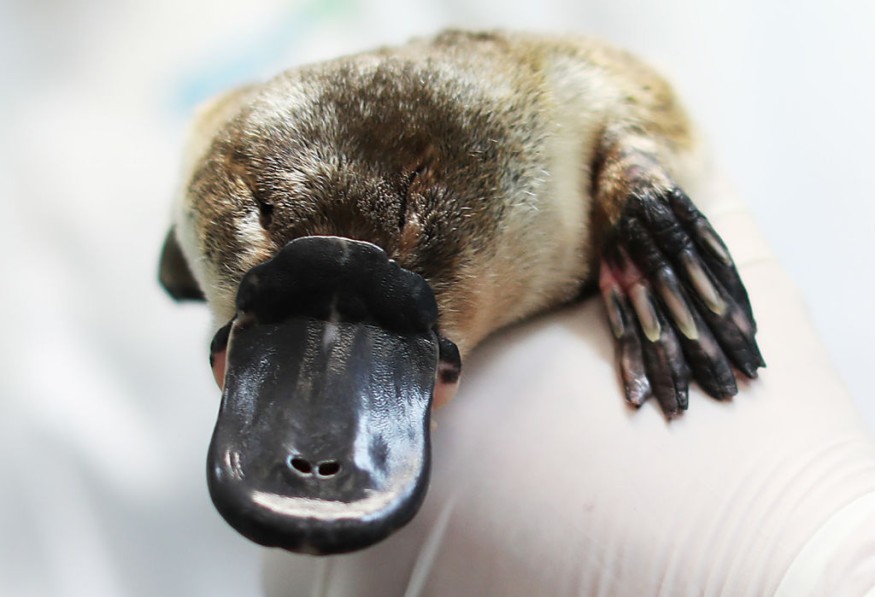Remains of a 150-year-old platypus and echidna specimens at an English museum were uncovered, proving that some mammals could lay eggs.
According to The Independent, the microscopic samples were discovered on the shelves of Cambridge's University Museum of Zoology after being collected by scientist William Caldwell in the late 1800s.
These specimens were crucial in establishing that certain animals lay eggs when they were taken, a finding that transformed the trajectory of scientific thought and backed the idea of evolution.
It was discovered while Jack Ashby, the museum's assistant director, was researching a new book on Australian animals.

Scottish Zoologist Finds Echidna, Platypus Eggs
In the 19th century, there was a debate about whether mammals could lay eggs or not. According to Ashby, many conservative scientists didn't want to believe that it was possible as it would support Charles Darwin's theory of evolution and they didn't want to welcome the idea that an animal group could change into another.
They reportedly dismissed the idea of lizards and frogs laying eggs because they felt it was degrading to be related to them, which they considered to be "lower life forms."
To resolve the issue, the Royal Society and the British Government sent William Caldwell, a famous Cambridge physicist and zoologist, to Australia in 1883.
A year later, an echidna with an egg in her pouch and a platypus with one egg in her nest and another about to be laid. The announcement was broadcast worldwide, ending nearly a century of discussion, but it wasn't cataloged in the museum because the staff was not aware of it until recently, The Telegraph reported.
Ashby suspected that Caldwell's findings were in the archives and he was right. Manager Matthew Lowe found a small box of specimens from Caldwell.
Apparently, Caldwell collected around 1,400 specimens with the help of Aboriginal Australians during an intensive search. Among their findings were an echidna with an egg in her pouch and a platypus with one egg in her nest and another deposited in 1884.
Caldwell's Findings Support Charles Darwin's Theory of Evolution
Caldwell sought convincing confirmation, and the news was broadcast throughout the world. However, the colonial scientific establishment had a condition to accept the result. They wanted it to be confirmed by "one of their own," Daily Mail reported.
It was considered that all mammals gave birth to live offspring until Europeans discovered platypuses and echidnas, spiny anteaters, in the 1790s, which supports Charles Darwin's theory of evolution about natural selection.
According to Darwin's theory of natural selection, living organisms adapt and change to better suit their environment to survive and reproduce. Natural selection is a genetic mutation beneficial to one's survival being passed down during reproduction.
For example, giraffes have long necks, and it serves as their competitive advantage to feed on leaves others can't reach. Giraffes have evolving long necks.
They do not have the same length of necks, but those with longer necks tend to likely survive than those with shorter necks and reproduce, passing the characteristics to the succeeding generation.
RELATED ARTICLE : Platypus: Why Some Mammals Lay Eggs
Check out more news and information on Animals in Science Times.
© 2025 ScienceTimes.com All rights reserved. Do not reproduce without permission. The window to the world of Science Times.











